Nakagawa Masashichi Shoten Redefines “How Craft Should Conclude” – Launches Circular Craft Program Alongside B Corp Certification
KOGEI Topics VOL.25


VOL.1-25
Update
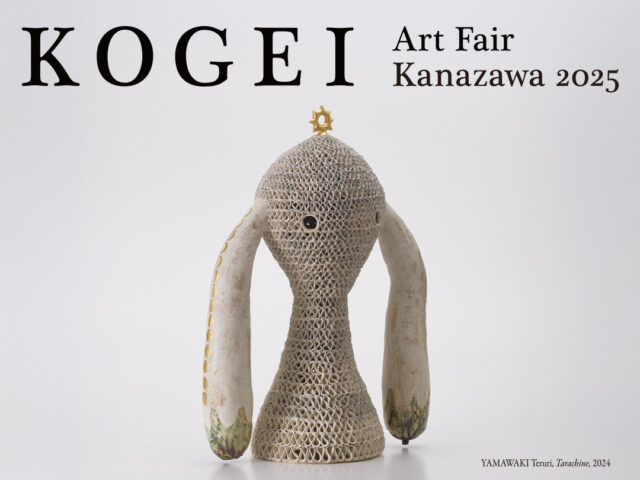
VOL.1-50
Update
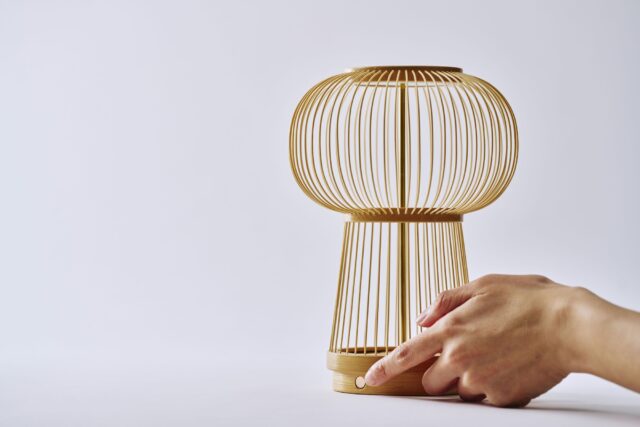
VOL.1-22
Update
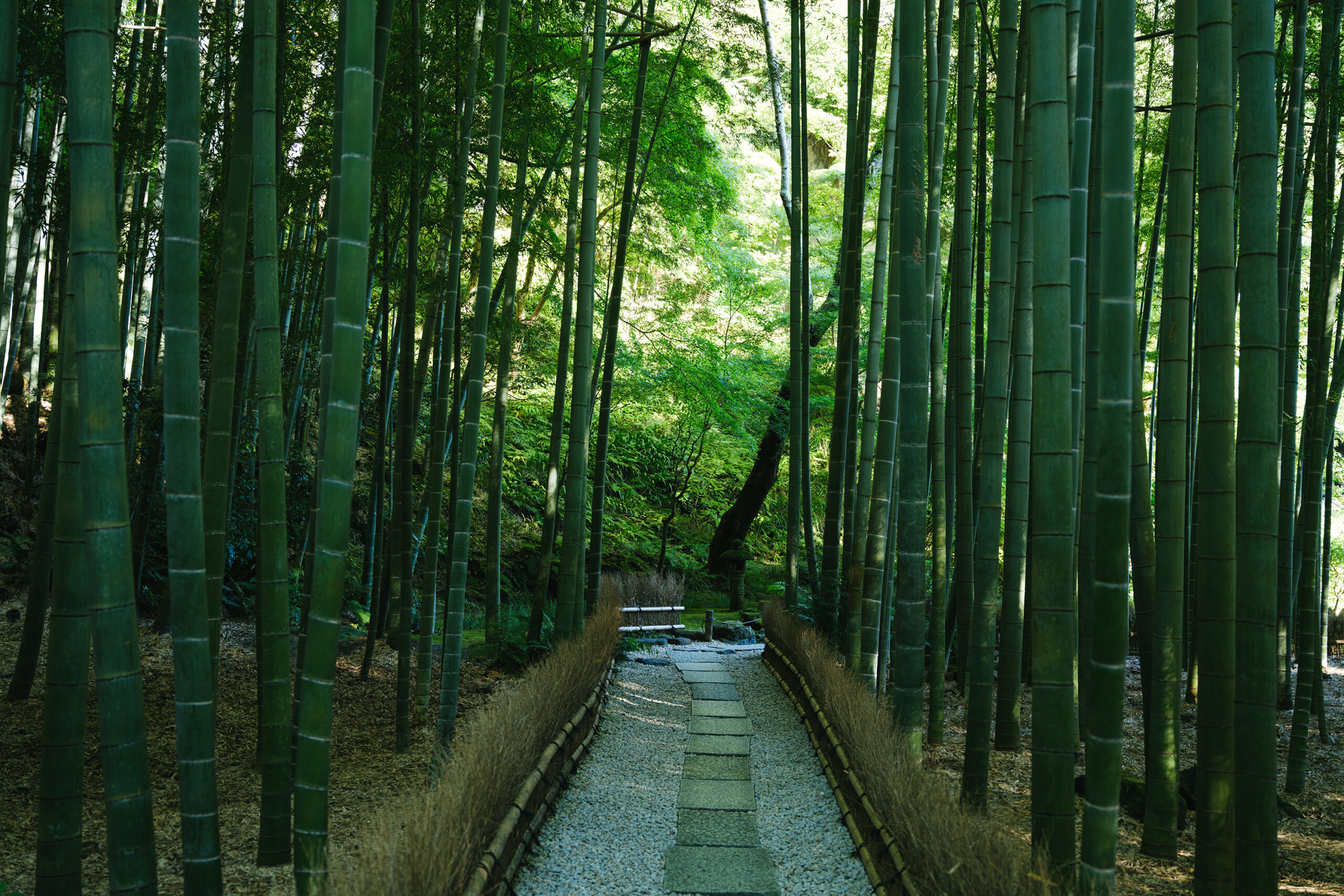
VOL.1-3
Update
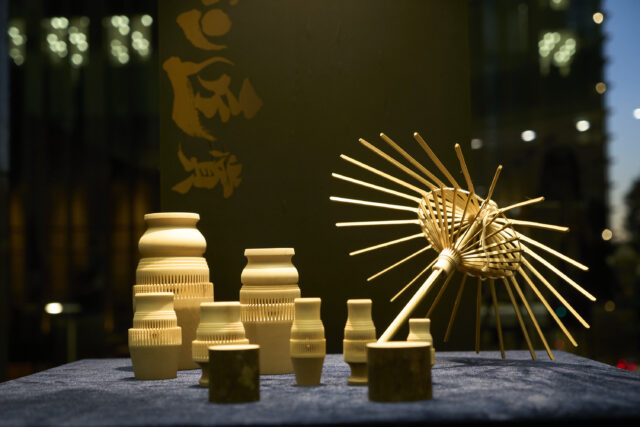
VOL.1-27
Update
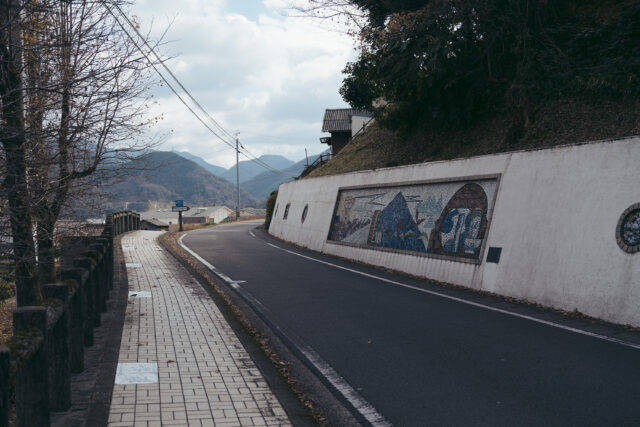
VOL.1-4
Update

VOL.1-3
Update
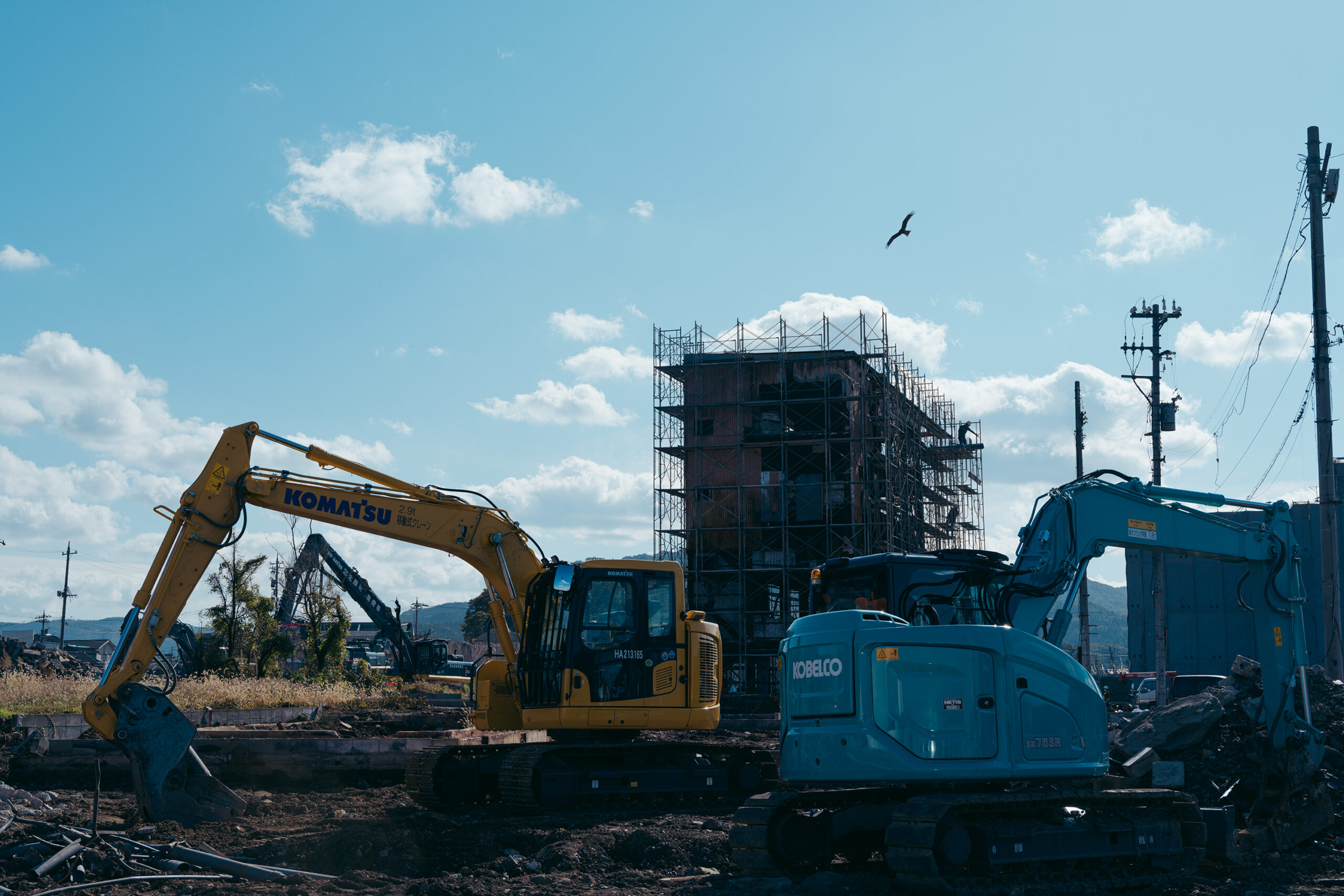
VOL.1
Update
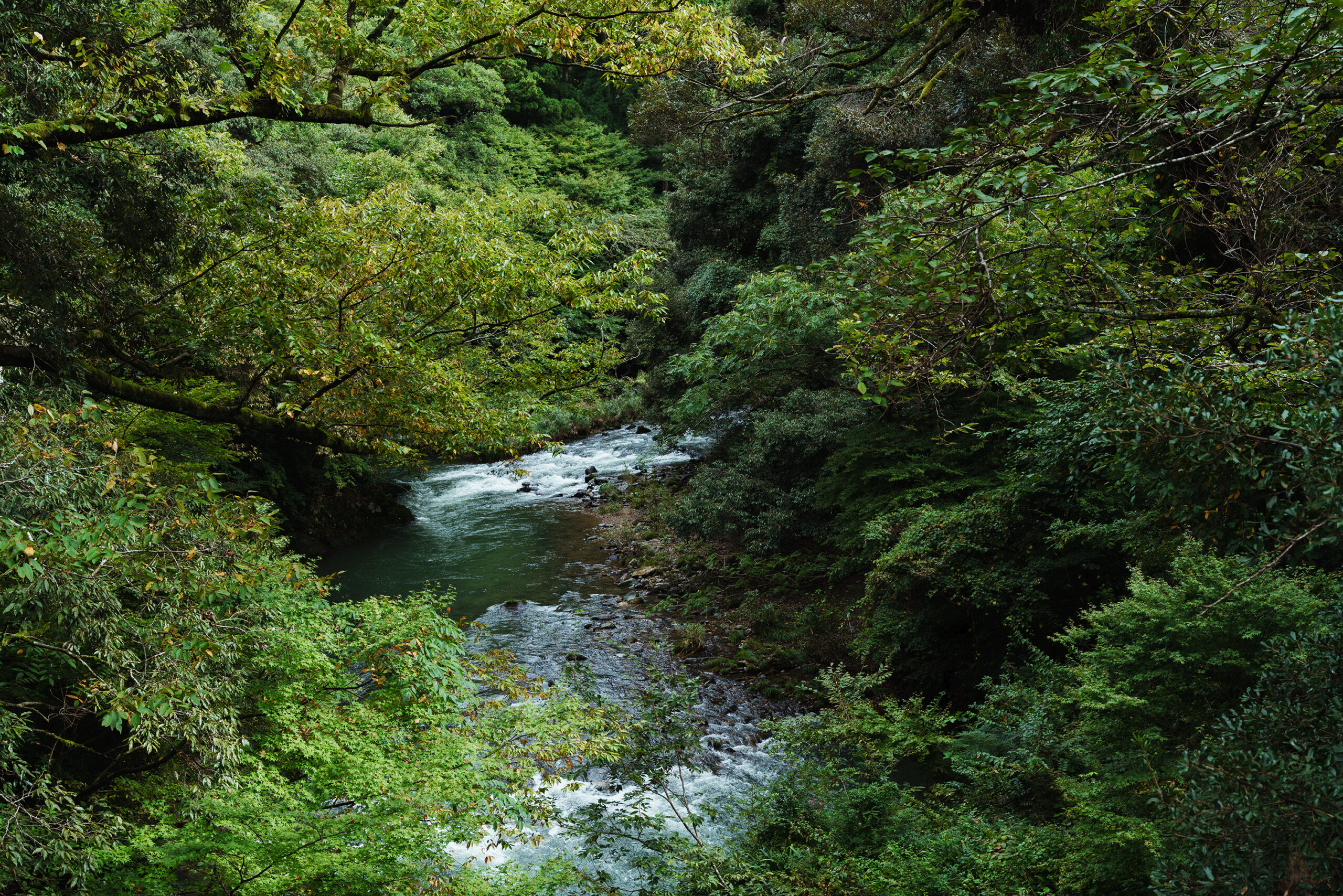
VOL.1-7
Update
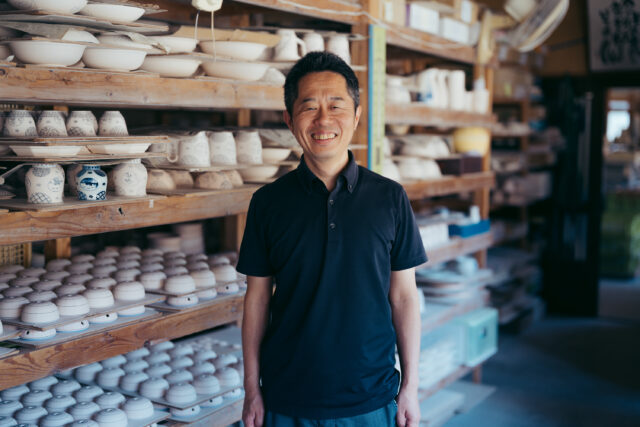
VOL.1-32
Update
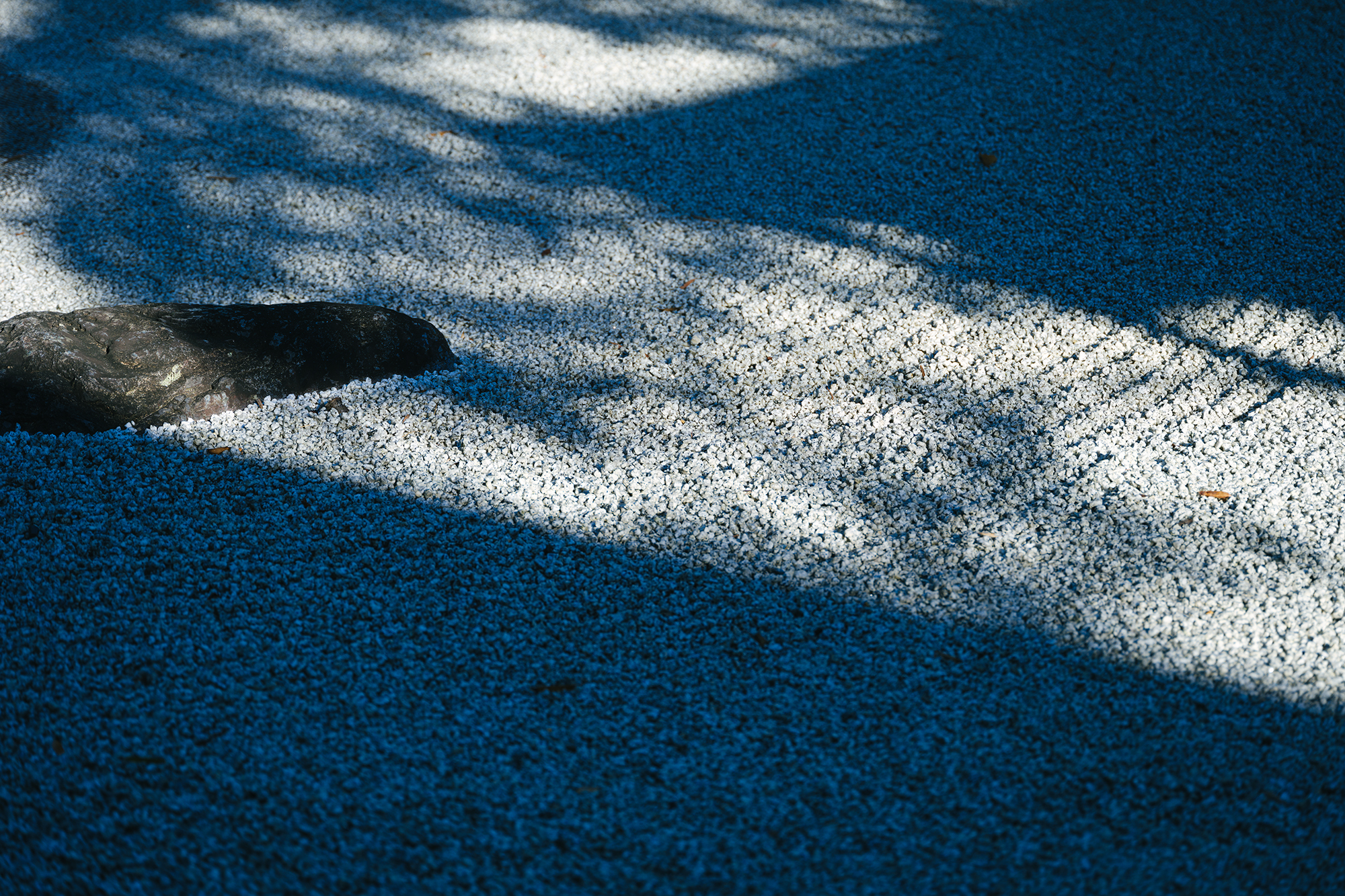
VOL.1-12
Update
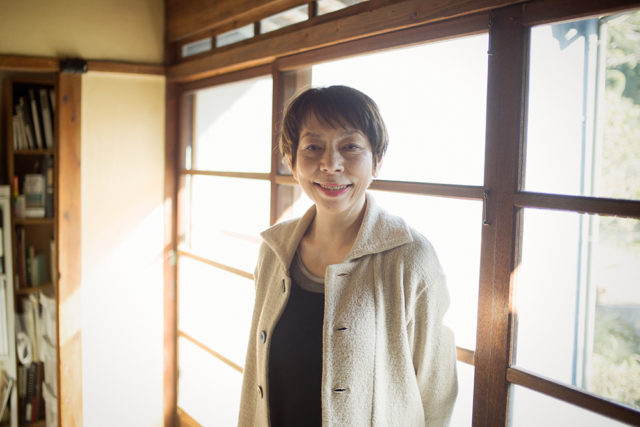
VOL.1
Update
We share a variety of information and perspectives on Japanese crafts, including exhibition information and interviews.
KOGEI Topics VOL.25
Featured Exhibitions & Events VOL.50
KOGEI Topics VOL.24
New Products VOL.22
Yamanashi
Nov 18, 2025 – Feb 1, 2026
Yamanashi Prefectural Museum of Art
Nov 22 – Dec 3, 2025
SML
Nov 26 – Dec 1, 2025
KAKIDEN GALLERY
Nov 28 – Dec 7, 2025
SHIBUYA KURODA TOEN

Kojiro Baba of Bunsho-gama, a kiln in Imari, Saga Prefecture, is known for works that blend respect for early Imari ware from 400 years ago with a modern sensibility. Imari and Arita ware, the first porcelain produced in Japan, originated with the discovery of Izumiyama porcelain stone. Though now rarely used, this porcelain stone remains an essential material for Kojiro. Firing his work in an ana-gama cave kiln, he achieves a natural harmony between material and technique. This depth of expression is beautifully embodied in his piece “Moon Jar with Small Flowers.”
The form of this work was inspired by the “moon jars” of the Joseon dynasty in Korea, porcelain vessels named for their resemblance to the full moon. While evoking the nostalgia of an antique, the surface of this piece is adorned with delicate sometuke indigo floral patterns, giving it a gentle, contemporary charm. On the front, the motifs appear bold and clear, while the back features overlapping patterns, creating soft nijimi blurs and variation that generate a refined visual rhythm. By slowly tracing the interplay of white and varying shades of indigo with your eyes, you can discover multiple expressions within a single jar. It is a piece that offers a poetic sense of space.
